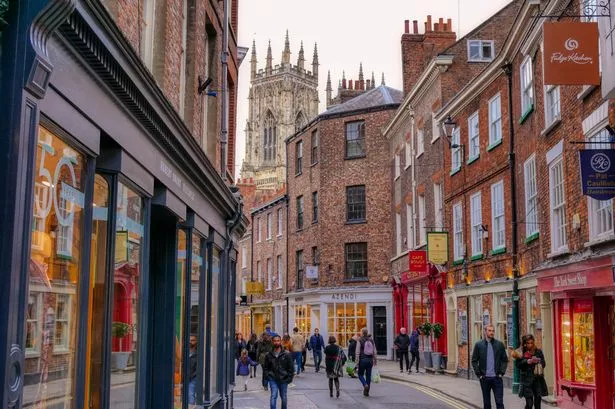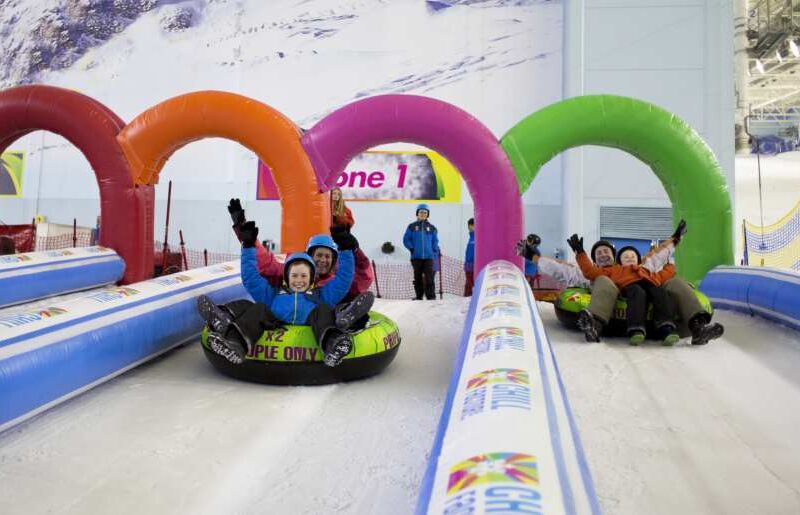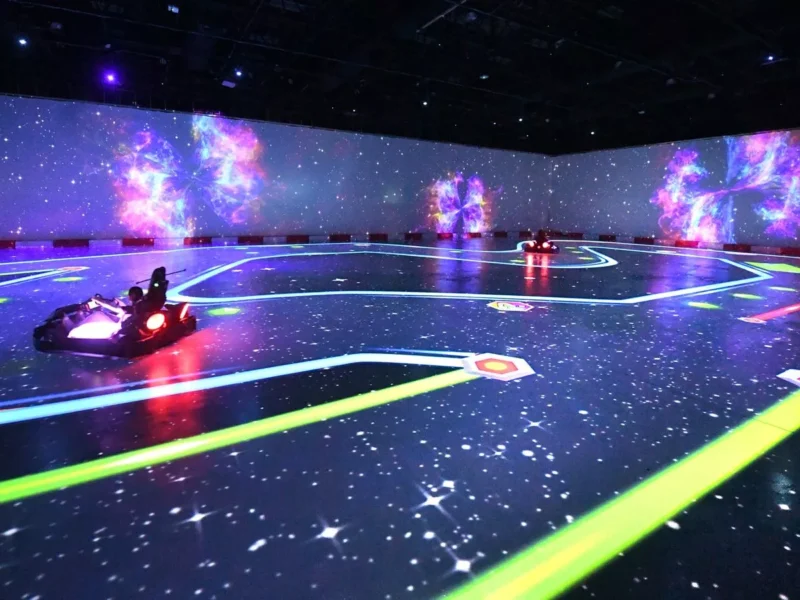Yes, Manchester is indeed a very walkable city for several reasons. Firstly, its compact city center ensures that most attractions are conveniently close together. This includes museums, shops, and restaurants, allowing visitors to explore on foot without needing transportation.
Moreover, the city features extensive pedestrian infrastructure like sidewalks and walkways, prioritizing walkers over cars for enhanced safety and convenience in many areas. Venturing into Manchester’s suburbs often requires public transport or taxis, and it’s wise to prepare for the city’s frequent rain.
Overall, Manchester’s walkable core and accessible attractions make it an excellent destination for those keen on exploring by foot.
Reasons Why Manchester is Walkable
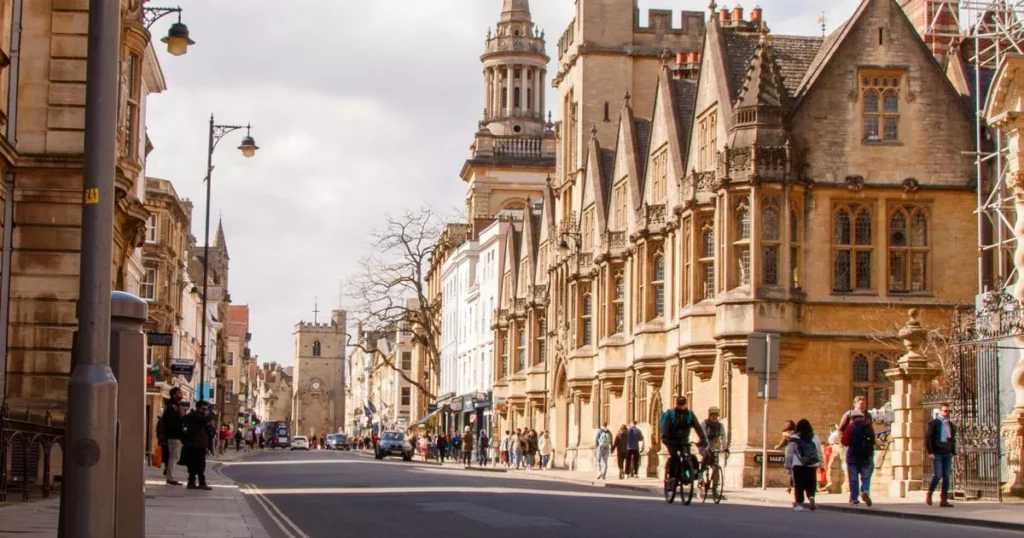
Manchester boasts several characteristics that contribute to its walkability
Compact City Center
Manchester’s downtown, the city center or CBD, features a dense mix of commercial, cultural, and recreational facilities. Key landmarks like Manchester Town Hall, Manchester Art Gallery, and Arndale Centre are nearby, making exploration on foot convenient and easy.
Moreover, the compact nature of the city center reduces the need for extensive transportation and encourages residents and visitors to stroll between destinations.
Pedestrian Infrastructure
It boasts a well-developed network of sidewalks, footpaths, and pedestrian crossings, ensuring that pedestrians can navigate the city safely and comfortably. Sidewalks are generally wide and well-maintained, providing ample space for pedestrians to walk side by side or pass each other comfortably.
Additionally, pedestrian crossings are strategically located at intersections and busy roadways, equipped with traffic signals and signage to prioritize pedestrian safety.
Public Transportation Integration
Its public transport, run by TfGM, integrates seamlessly with walking paths, providing commuters with convenient intermodal travel options. Bus stops and tram stations are strategically located throughout the city, often within walking distance of residential areas and major destinations. This integration allows residents to combine walking with other modes of transportation, such as buses, trams, and trains, to reach their destinations efficiently.
Mixed Land Use
Manchester’s urban planning encourages mixed land use, with a diverse range of residential, commercial, and recreational facilities coexisting within proximity.
Residential neighborhoods blend shops, restaurants, cafes, and parks, forming vibrant, walkable communities with easy foot access to daily amenities. The concentration of mixed-use developments in key districts, such as the Northern Quarter and Spinningfields, enhances walkability.
So ,this arrangement minimizes the distance between home, work, and leisure destinations.
Cultural Attractions
Manchester boasts a rich array of cultural and historical attractions that are easily accessible on foot. Museums, galleries, theaters, and concert venues are clustered together in walkable districts such as the Manchester Museum Quarter and the Oxford Road Corridor.
Iconic landmarks such as the Manchester Cathedral, the Whitworth Art Gallery, and the Royal Exchange Theatre draw visitors from near and far. These sites contribute to the city’s vibrant cultural scene and provide opportunities for strolls and exploration.
Vibrant Street Life
Manchester’s streets buzz with energy, especially in pedestrian zones like Market Street, Deansgate, and the Northern Quarter, known for their vibrant atmosphere.
Additionally, lined with shops, cafes, bars, and street vendors, these lively thoroughfares offer ample opportunities for people-watching, socializing, and strolls. Public squares and plazas, such as Piccadilly Gardens and St Peter’s Square, serve as gathering spaces for events, performances, and community activities. These areas further enrich the city’s street life.
Urban Renewal Initiatives
Manchester has undergone significant urban renewal in recent years, with ongoing investments in infrastructure, streetscaping, and public spaces. These efforts are aimed at enhancing the pedestrian environment and revitalizing neighborhoods.
The Manchester City Centre Strategic Regeneration Framework prioritizes pedestrian-friendly design principles. This includes widened sidewalks, improved lighting, and green spaces, as seen in the Northern Gateway Masterplan.
Initiatives like the Bee Network aim to establish a comprehensive walking and cycling network across Greater Manchester. This effort enhances walkability and promotes sustainable urban mobility.
Challenges and Opportunities
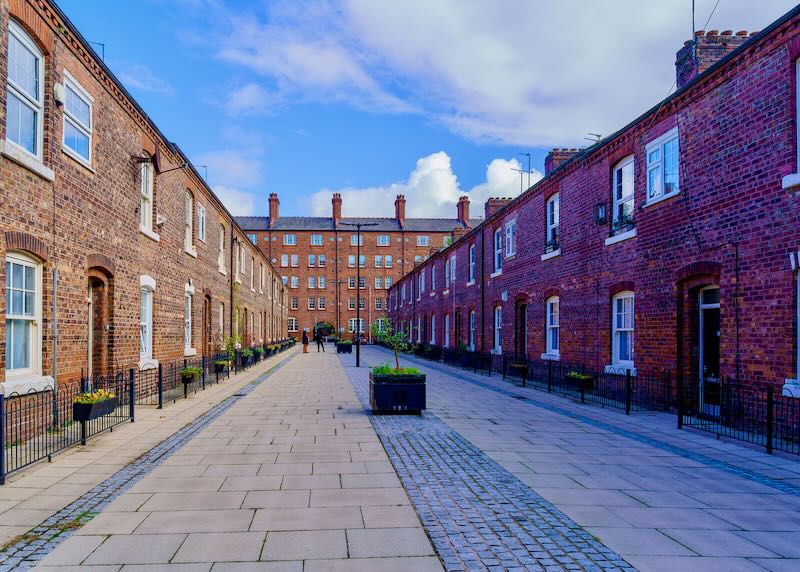
let’s delve into the challenges and opportunities for enhancing walkability in Manchester:
Challenges
Traffic Congestion
Manchester faces challenges related to traffic congestion, particularly in the city center and along major thoroughfares. Heavy traffic can impede pedestrian movement, creating safety concerns and discouraging walking as a mode of transportation.
Pedestrian Safety
Despite existing pedestrian infrastructure, safety remains a concern, especially at busy intersections and areas with high vehicle volumes. Enhancing crosswalk visibility and implementing traffic calming measures are vital for pedestrian safety, encouraging walking and reducing accident risks.
Urban Sprawl
The expansion of urban areas often results in suburban sprawl. This can lead to increased distances between destinations, making it less feasible for residents to walk for daily errands and activities. Addressing urban sprawl through smart growth initiatives and compact urban design can help create more walkable communities.
Uneven Sidewalks and Infrastructure
In some areas, sidewalks may be uneven or in disrepair, posing obstacles to pedestrians, especially those with mobility challenges. Investing in sidewalk maintenance and infrastructure improvements is necessary to ensure accessibility and enhance the pedestrian experience.
Perception of Safety
Perceptions of safety can influence individuals’ willingness to walk, particularly during evening hours or in areas perceived as less safe. Addressing concerns related to crime and personal safety through community policing efforts and improved lighting can help alleviate fears and increase pedestrian confidence.
Distance to Certain Suburbs
While the city center is very walkable, Manchester has sprawling suburbs that might not be easily accessible on foot. If you’re interested in exploring areas outside the downtown core, consider using public transportation options like trams buses, or taxis for shorter distances.
Weather Conditions
Manchester is known for its frequent rain. While walking is still very much an option, be prepared for the possibility of showers. Pack a raincoat or umbrella, and consider checking the forecast before heading out for an extended walk.
Opportunities
Complete Streets Policies
Implementing complete streets policies prioritizes the needs of all road users, including pedestrians, cyclists, and public transit riders. This approach creates safer and more accessible streetscapes, enhancing mobility and promoting active transportation. It ultimately improves the overall quality of life within urban areas.
Designing streets with features such as widened sidewalks, dedicated bike lanes, and pedestrian-friendly crossings can encourage active transportation and improve walkability.
Pedestrianization Initiatives
Pedestrianizing select streets and public spaces can create vibrant pedestrian-friendly zones. Here, people can walk, shop, dine, and socialize without the presence of vehicular traffic, enhancing the overall urban experience and promoting community interaction.
Temporary pedestrianization projects, such as open street events and pop-up parks, can test the feasibility and benefits of permanent pedestrianization efforts.
Green Infrastructure
Green infrastructure like street trees, rain gardens, and greenway trails can boost pedestrian experience and walkability in urban areas. Green spaces not only beautify the environment but also provide opportunities for recreation, relaxation, and improved air quality.
Mixed-Use Development
Encouraging mixed-use development that combines residential, commercial, and recreational amenities within walking distance can reduce the need for car trips.
It also promotes walking as a convenient mode of transportation, contributing to a more sustainable and vibrant urban environment. Moreover, incentivizing developers to incorporate pedestrian-friendly design principles into new developments can create more walkable neighborhoods.
Community Engagement
Engaging residents, businesses, and community stakeholders in the planning and design process is essential. It ensures the creation of walkable environments that meet the needs and preferences of the local population.
Soliciting feedback, hosting community workshops, and fostering partnerships can help build consensus and support for walkability initiatives.
FAQ’s
Can you walk around Manchester city Centre?
Yes, walking around Manchester city center is a great way to explore its attractions. The Manchester Wharf City Trail, a 4km circular route, takes you past notable sights, including Gothic hall and waterways, showcasing the city’s charm and history.
Is it a good idea to move to Manchester?
Yes, Moving to Manchester can be a great decision due to various factors. For example, affordable housing prices, excellent transport links, quality schools, and a higher standard of living compared to many other major cities in the UK.
Is Manchester urban or rural?
Manchester is primarily an urban area, forming the most populous settlement within the Greater Manchester Urban Area. It encompasses a mix of high-density urban and suburban locations, making it a vibrant and diverse city.
Final Words
Manchester’s walkable city center and nearby attractions make it a delightful destination for pedestrians. With its compact layout and well-maintained pedestrian infrastructure, visitors can easily explore museums, shops, and restaurants on foot.
However, venturing into the suburbs may require other modes of transportation, and it’s wise to prepare for Manchester’s occasional rain. Nonetheless, the city’s walkable core offers a convenient and enjoyable way to experience its vibrant culture and history.
So, whether you’re strolling through the city center or taking in the sights, Manchester welcomes walkers with open arms.

